再生材・再生材製品の開発、販売事業
CirculeX(サーキュレックス)は、使用済みのプラスチックやLIMEXなどを原料とした、再生材料を50%以上を含む再生素材です。世の中に流通しているプラスチック製品やLIMEX製品などを適切に回収、再資源化し、再製品化する資源循環型社会の実現を促進します。
リサイクルプラスチックが抱える課題を解決

石油資源の使用を抑制し
CO₂排出量を削減
バージン材(非再生材料)の代わりに、廃プラスチックなどを原料にすることで、石油資源の使用量を削減し、CO₂排出量の削減に貢献することができます。
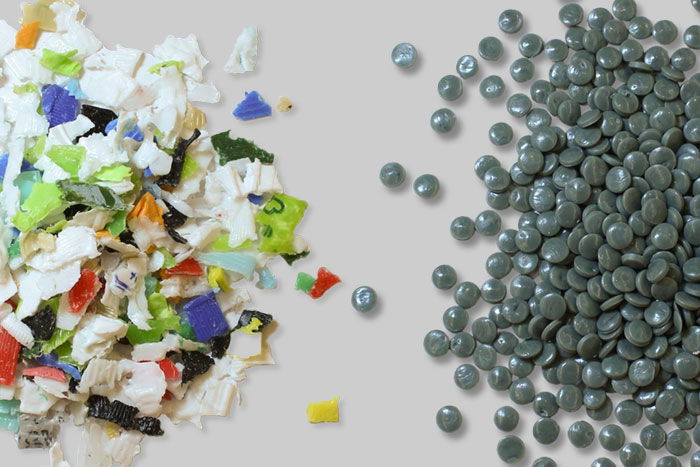
マテリアルリサイクルで
真の資源循環を推進
廃棄物を焼却した熱を発電や給湯などに利用するサーマルリカバリーでは無く、環境影響評価の手法であるLCAの観点でも他のプラスチックの有効利用の手法と比べてCO₂削減効果(kg-CO₂)が最も大きいマテリアルリサイクルを推進します。

ポストコンシューマ材の活用
一定の品質を確保
消費者が使用したプラスチック製品などのポストコンシューマ材も活用できます。定期的に素材を検査しており、一定の品質が保たれた再生素材をご提供できます。
導入事例
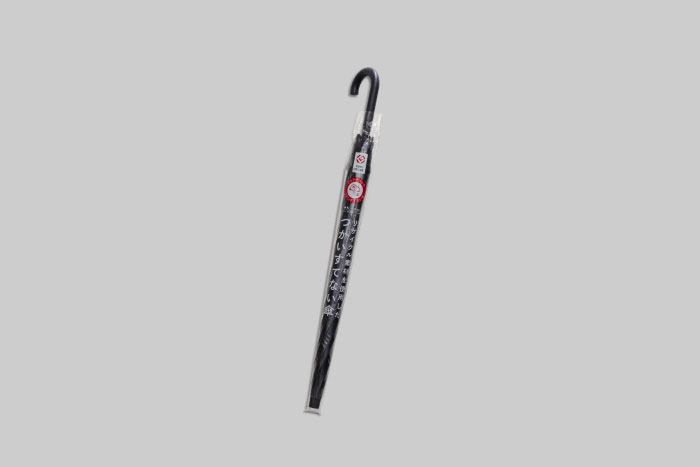
株式会社サエラ:傘
株式会社サエラ、株式会社PALTACとTBMで共同開発した傘で、傘生地とハンドル部分に国内の使用済みプラスチックを素材とするCirculeXが使用されています。一般的ビニールな傘は年間約6000万本以上が廃棄され、ほとんどが埋め立て処理されています。「オールプラスチック」にすることでリサイクル性だけでなく、耐久性と安全性にも優れています。
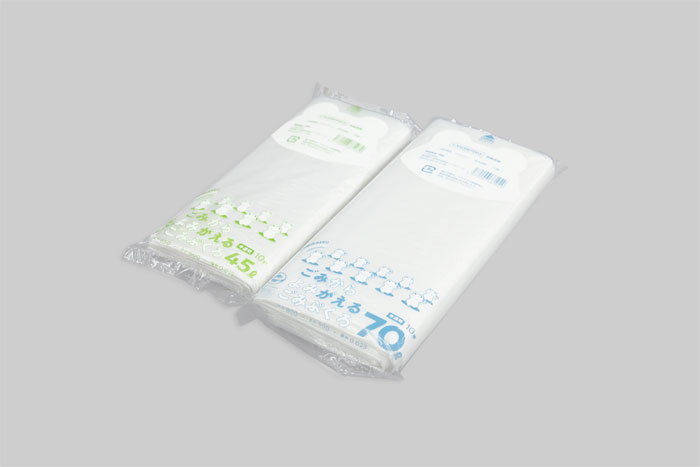
株式会社ローソン:ごみ袋
東南アジアの再生プラスチックを50%以上配合したCirculeX製ごみ袋が、全国のローソン店舗(13,987店:2022年2月末時点、「ローソンストア100」を除く)で販売開始。一般的なごみ袋と比較し、バージン材の使用量とCO₂を含む温室効果ガスの排出量を削減することができます。また、原料証明によるトレーサビリティを確保しており、エコマークの認証を取得しています。
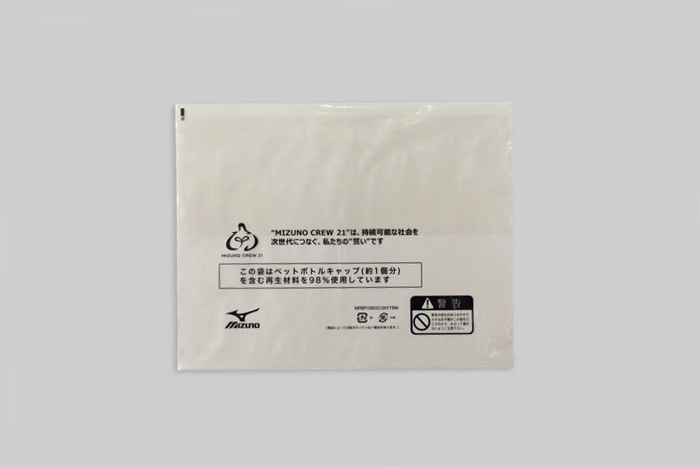
ミズノ株式会社:衣類用包装材
使用済みペットボトルキャップやストレッチフィルムを原料とした再生材料98%の包装材が、ミズノ株式会社が取り扱う一部の国内生産スポーツアパレルの衣類用包装材に採用されました。ミズノは2050年までにカーボンニュートラルの実現を目指しており、2022年6月より、順次切り替えが進められています。
再生材が求められる背景
グローバルで成長する再生材市場
世界の再生プラスチック市場は、2023年の507.8億ドルから2030年には889.6億ドルに成長し、予測期間中の年平均成長率は8.3%と予測されています*1。 「New Plastics Economy Global Commitment」参加企業のうち、プラスチック消費量の上位10社のブランドやメーカーが掲げる2025年の目標達成には、年間300万t以上の再生材の供給が必要になると予測されています*2。
*1 https://www.fortunebusinessinsights.com/recycled-plastic-market-102568*2 https://www.ellenmacarthurfoundation.org/global-commitment-2023/overview
資源自律経済の確立が求められる
経済成長と人口増加により、限りある資源をめぐって世界的な資源獲得競争の激化が懸念され、自国または近隣地域の中で資源を安定的に確保し、効率的な利用や再生をしていくことの重要さが浮き彫りとなりました。資源循環を通じて物資や資源の供給途絶リスクをコントロールし、「環境と成長の好循環」につなげる機運が高まっています。こうした背景から経済産業省は2023年3月、「成長志向型の資源自律経済戦略」を策定しました。 多くの資源を輸入に頼る「資源小国」である日本にとって、持続可能な形で資源を利用する循環経済への移行は、経済成長や産業競争力強化の機会となり得ます。
関連情報
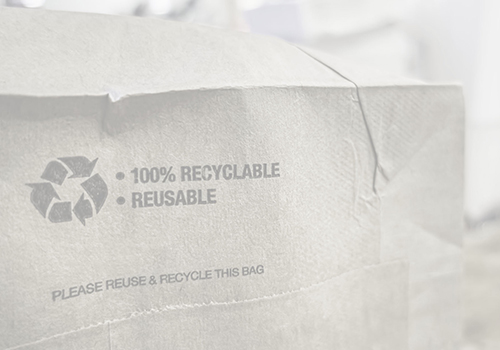
事業紹介
資源循環事業とは

事業紹介
資源循環プラットフォーム構築事業
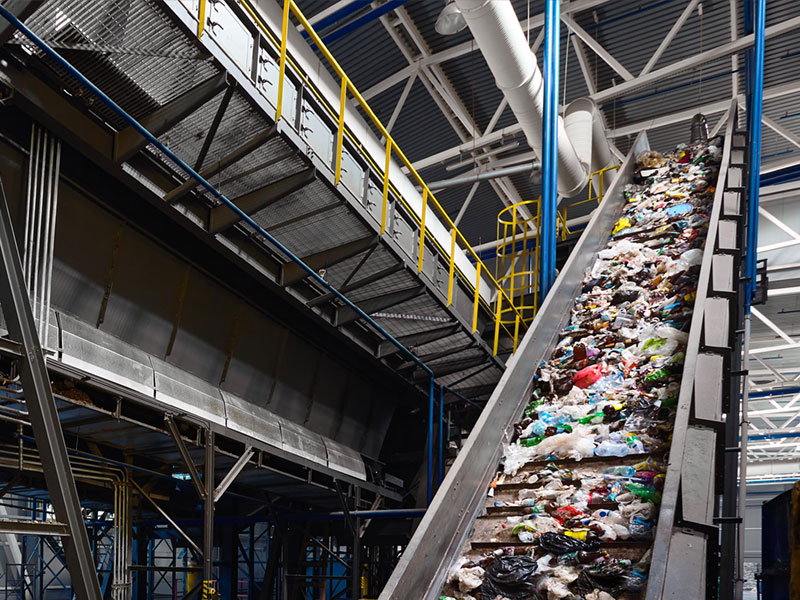
事業紹介
リサイクルプラント運営
